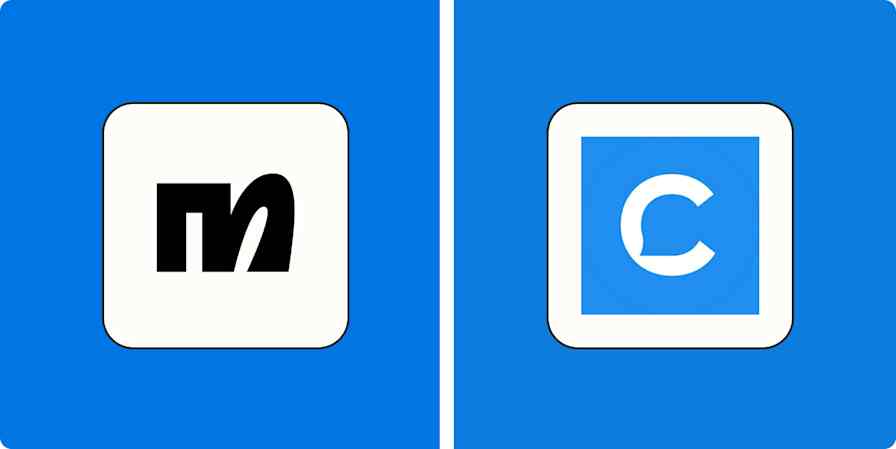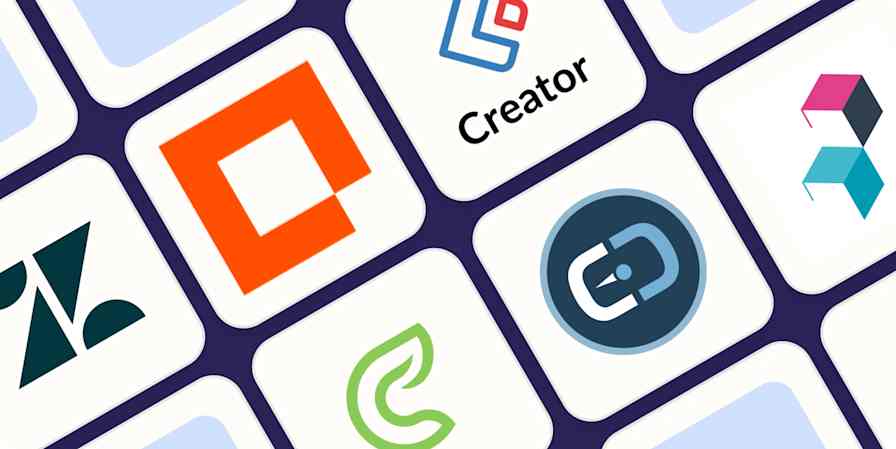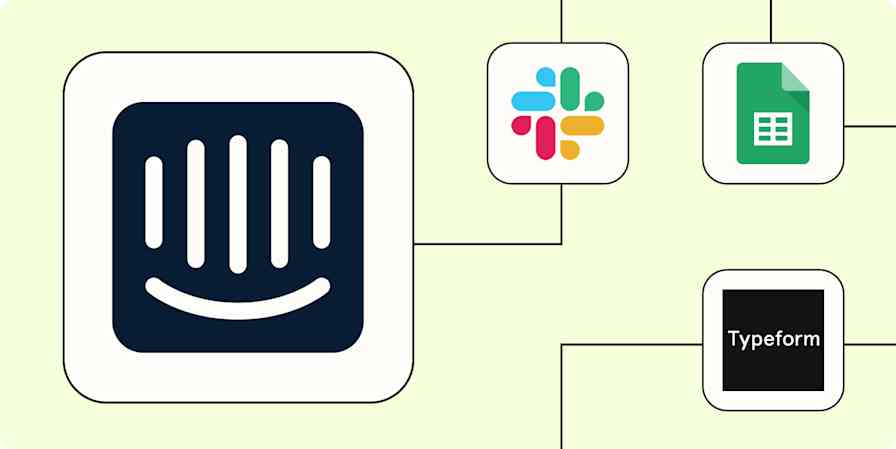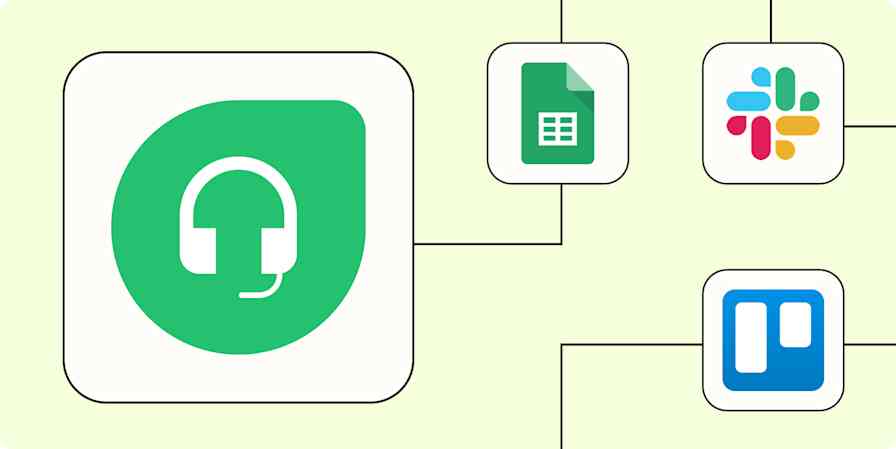Business tips
6 min read6 customer satisfaction metrics you should start measuring
Learn how one customer experience company measures its own customer experience.
By Kaumudi Tiwari · May 19, 2022

Get productivity tips delivered straight to your inbox
We’ll email you 1-3 times per week—and never share your information.
mentioned apps
Related articles
Improve your productivity automatically. Use Zapier to get your apps working together.









